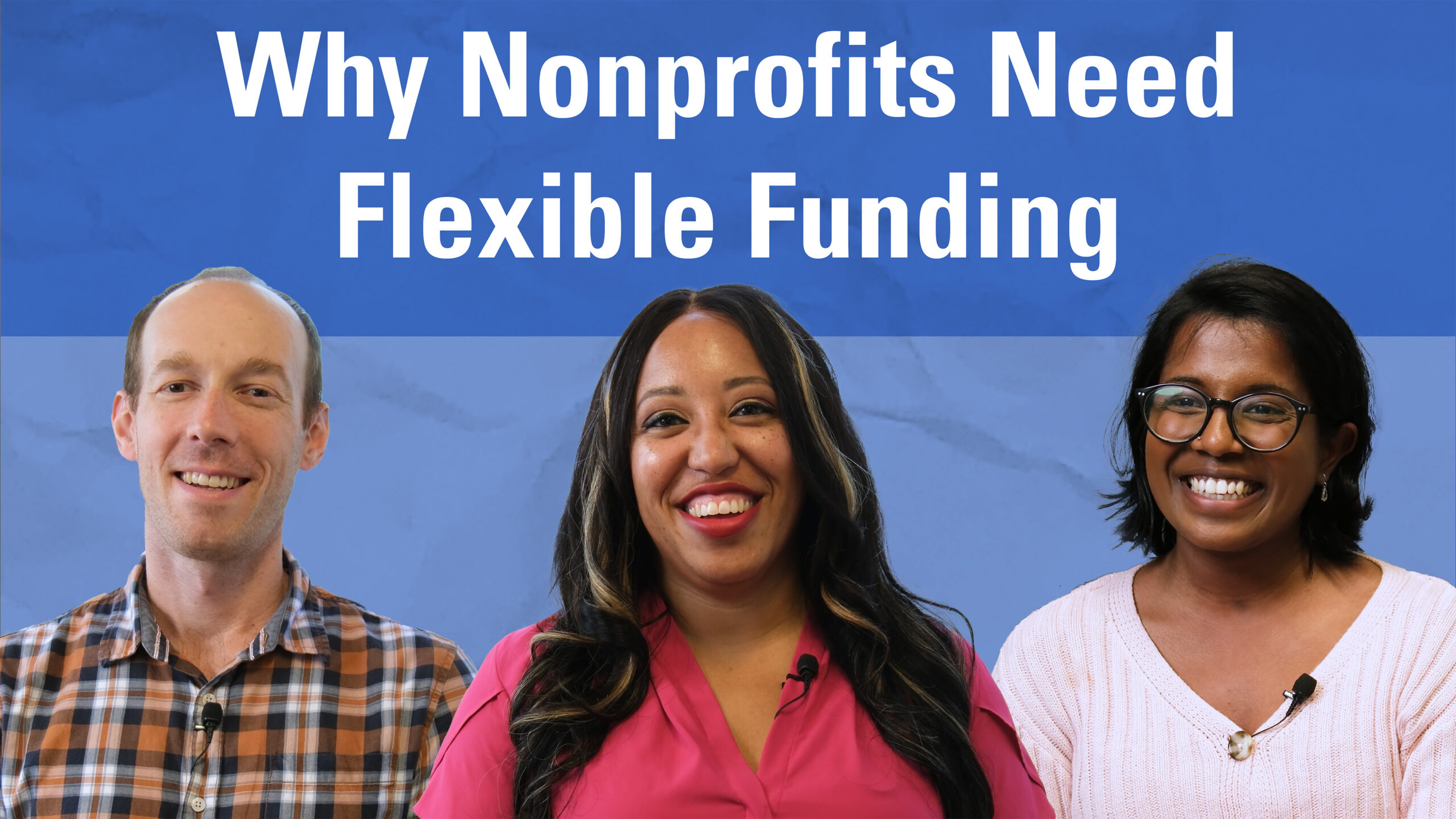Crafting a financial story requires a shared understanding and interpretation of your organization’s numbers and how this connects to your current and continued mission success. This guide will help you develop your financial story, which can be used to align stakeholder and organizational priorities, navigate leadership transitions, and convey how your programmatic work and finances fit together to create a comprehensive picture of your nonprofit’s impact.
Think about the last time you heard a compelling story about a nonprofit’s mission.
Chances are, it was about that organization’s impact on its community, and it was probably told through the voices of the community members benefiting from the nonprofit’s programs and services. Storytelling is often used as a meaningful way to connect with donors and supporters, but nonprofit leaders can also use storytelling to talk about their financial viability, their goals, and how they can efficiently and effectively deliver on their mission.
Consistently, we see that nonprofits who know and can tell their financial stories are able to:
- Understand and convey how programs and finances fit together
- Align key leadership and board members around organizational priorities
- Better navigate leadership transitions
- Strengthen board/leadership’s ability to advocate for the organization’s resource needs
- Define key drivers of business model activities and use those drivers to further the organization’s mission
While financial storytelling is not a replacement for human-centered stories, it can be used as a tool to communicate your organization’s financial position, its financial and programmatic history, and what resources are needed in the future to support mission delivery and financial health. This story requires insight into how finances have affected your organization’s past, its present, and the strategy that informs its future. If this sounds daunting, don’t worry. As a nonprofit leader, you already have the bulk of this information.
About the past
For the story of your organization’s financial and programmatic history, look to past income statements, balance sheets, 990s, internal statements, program data, and strategic plans. This information can help you narrate how service delivery has changed over time. Address the following:
- How has your organization historically made and spent money in service of its mission?
- Are there historical debts that need to be addressed?
- What is your organization’s asset composition? Has this changed over time and why?
- In years where surpluses were achieved, were they large enough to cover longer-term needs of your organization?
About the present
To unpack where your organization is now, turn to your current budget, your most recent balance sheet, program budgets, and any other tools you use to manage your organization, like a dashboard or a cashflow projection. The goal is not to discuss what your budget will allow you to do for the year, but to show how those numbers connect to your strategy and will help you accomplish your organization’s objectives. Consider:
- How do the activities outlined in question 1 above connect to your organization’s strategy?
- Have there been any significant changes in programs and/or operations in response to prior-year shifts?
- What additional investments (e.g., in systems or staff) will it take to deliver on the items included in the budget?
- Does your organization have the financial resources and flexibility to respond to new opportunities and challenges?
About the future
The story of your organization’s future is less about asking questions of your financial picture or programmatic choices and more about communicating the following:
- Key financial goals and the resources necessary to deliver on your strategic priorities and achieve mission success
- The investments required to strengthen your organization’s financial position and increase its impact on the community
- Potential risks – either external or internal – to your organization’s mission delivery
A lot of this information can be found in your organization’s strategic plan. If your organization does not have a formal strategic plan, you can gather similar information by talking with your leadership and board about risks, strategic priorities, and the vision for the future. The story of your future can also be supported by financial tools like multi-year projections and financial scenario plans. Ultimately, the story of your organization’s future should articulate why your chosen path fulfills your mission and is financially viable.
Crafting a financial story requires a shared understanding and interpretation of your organization’s numbers and how this connects to your current and continued mission success. In the end, you will have a story about how your organization got where it is and what it needs to keep adapting – a story always worth telling.



